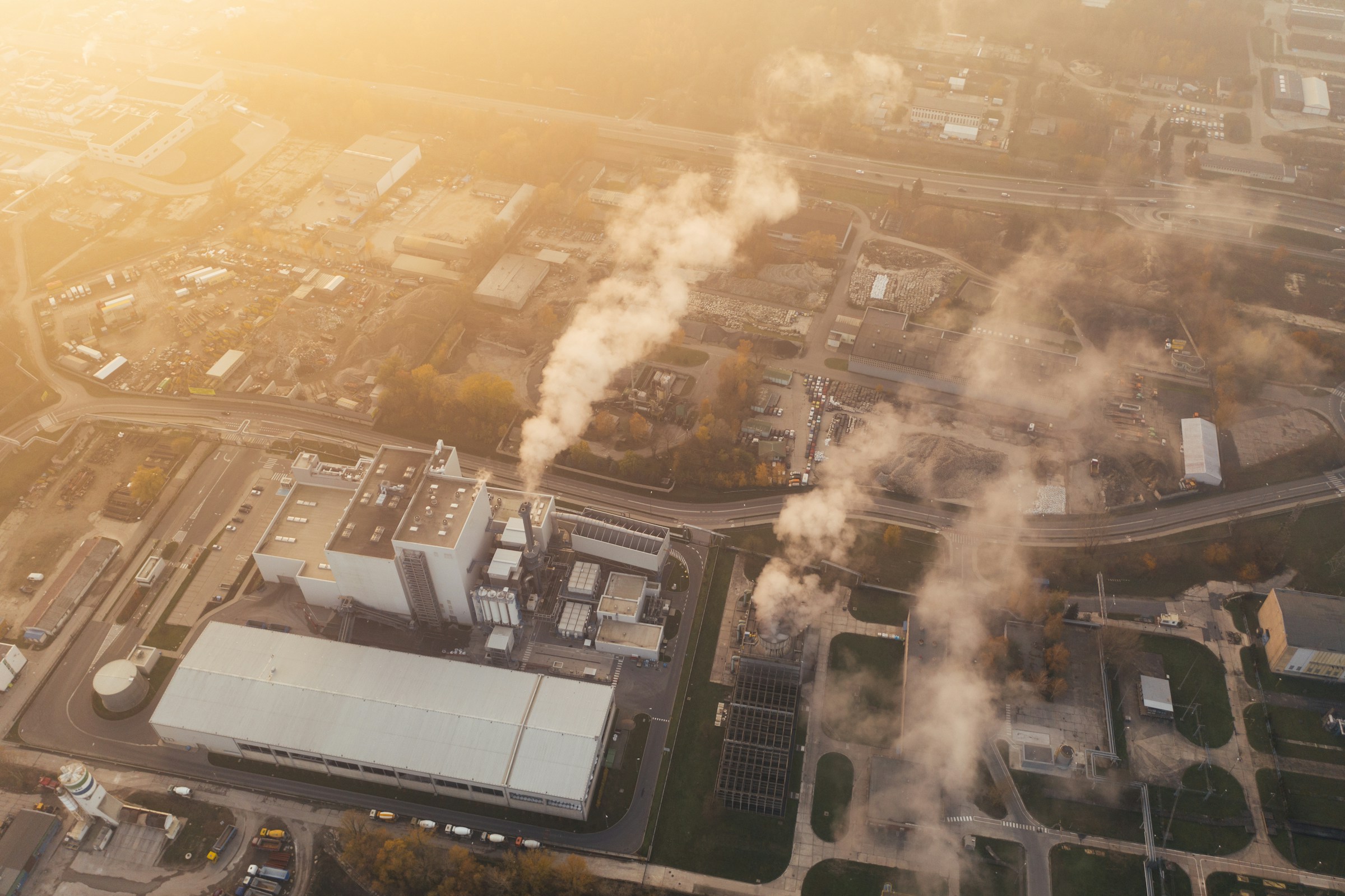Why Change is Urgent
Organizations face multiple pressures to improve sustainability:
- Investor Expectations: Stakeholders increasingly evaluate companies based on their climate performance and long-term resilience.
- Public and Policy Pressure: Governments, citizens, and consumers expect more sustainable practices. Companies that fall behind risk reputational damage.
- Regulatory Compliance: Policies such as the Corporate Sustainability Reporting Directive (CSRD) demand detailed reporting on environmental impacts, including indirect emissions like Scope 3.
These drivers make sustainability not just a moral choice, but a strategic and financial imperative.
The Role of Data in Sustainability
High-quality, integrated data is the foundation of effective climate action. In the built environment, data comes from many sources: IoT sensors, building operations logs, supplier declarations, lifecycle assessments (LCAs), and Environmental Product Declarations (EPDs). Yet this data is often fragmented, inconsistent, or unstructured.
Poor data quality can lead to misinformed decisions, regulatory penalties, and missed opportunities to reduce emissions.
How AI Can Help
AI can transform how organizations handle sustainability data:
- Optimizing Operations: AI can manage energy, heating, cooling, and lighting efficiently.
- Supply Chain Transparency: Advanced data analytics can uncover emissions across suppliers and materials.
- Design and Planning: AI-driven insights support sustainable design choices and urban planning.
- Real-Time Decision Making: Predictive analytics enable proactive, data-informed actions.
Tackling Scope 3 Emissions
Scope 3 emissions — covering the indirect impact across a company’s entire value chain — are among the most challenging to track. AI can analyze complex datasets from suppliers, logistics, and material sourcing, helping organizations measure and manage these emissions effectively.
Supporting Human Teams
Even with the best tools, sustainability teams face resource gaps and expertise shortages. AI can automate repetitive and data-intensive tasks, enabling human experts to focus on strategy, innovation, and impact.
EandoX in Action
EandoX Copilot helps organizations integrate AI-driven workflows, harmonizing data from multiple sources, validating it, and generating actionable insights — all while supporting CSRD compliance.




